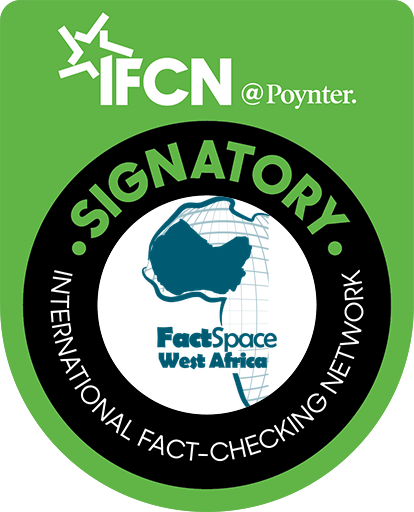The Ghana Health Service (GHS) is rolling out round two of the polio vaccination exercise, starting October 6 to October 9, 2022, in line with the World Health Organization’s resolution toward polio eradication.
The exercise targets children below age 5 across the 16 regions of the country and is expected to increase population immunity against the Type 2 Poliovirus and break the transmission of the disease.
“This follows the confirmation of circulating vaccine-derived poliovirus type 2 (cVDPV2) in the country from two acute flaccid paralyses (AFP) cases; one each from North Gonja District in Savanna Region and West Mamprusi in North East Region,” the World Health Organization said.
The first round of the vaccination exercise happened between September 1 and September 4, and Over six million children across the country are expected to receive the novel Oral Polio Vaccine Type 2 (nOPV2) at the end of both exercises.
Poliomyelitis, popularly known as polio, is a crippling disease resulting from infection with any of the three related poliovirus types – P1, P2, and P3, mainly affecting children under age 5.
Polio in Ghana
According to UNICEF, between July 2019 and August 2020, a total of 31 children were paralysed in Ghana due to polio.
With the help of health professionals and trained volunteers, the Ghana Health Service (GHS) initiated a vaccination programme and successfully inoculated more than 4.6 million children. The exercise was conducted in eight regions including the Ashanti, Central, Eastern, Greater Accra, Volta, Upper West, Western, and Western North regions.
How the Oral Polio Vaccine works
The action of the oral polio vaccine (OPV) is two-pronged. Until recently, most countries have used the oral polio vaccine.
- OPV produces antibodies in the blood (‘humoral’ or serum immunity) to all three types of polioviruses. In the event of infection, this protects the individual against polio paralysis by preventing the spread of poliovirus to the nervous system.
- OPV strains also produce a local immune response in the lining (‘mucous membrane’) of the intestines – the primary site for poliovirus multiplication.
- The antibodies produced there inhibit the multiplication of subsequent infections of the ‘wild’ (naturally occurring) virus.
- This intestinal immune response to OPV is probably a reason why mass campaigns with OPV have been shown to stop person-to-person transmission of wild poliovirus.
With no cure, “the polio vaccine, given multiple times, can protect a child for life. More than 18 million people are able to walk today who would otherwise have been paralysed, since 1988, when the Global Polio Eradication Initiative was launched,” the World Health Organization noted.





